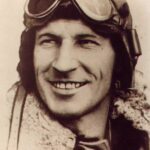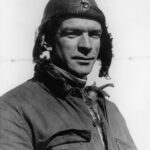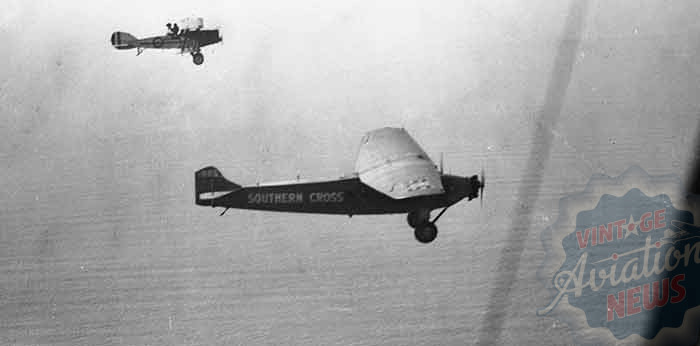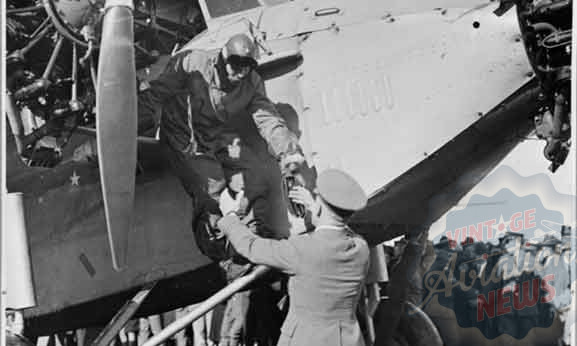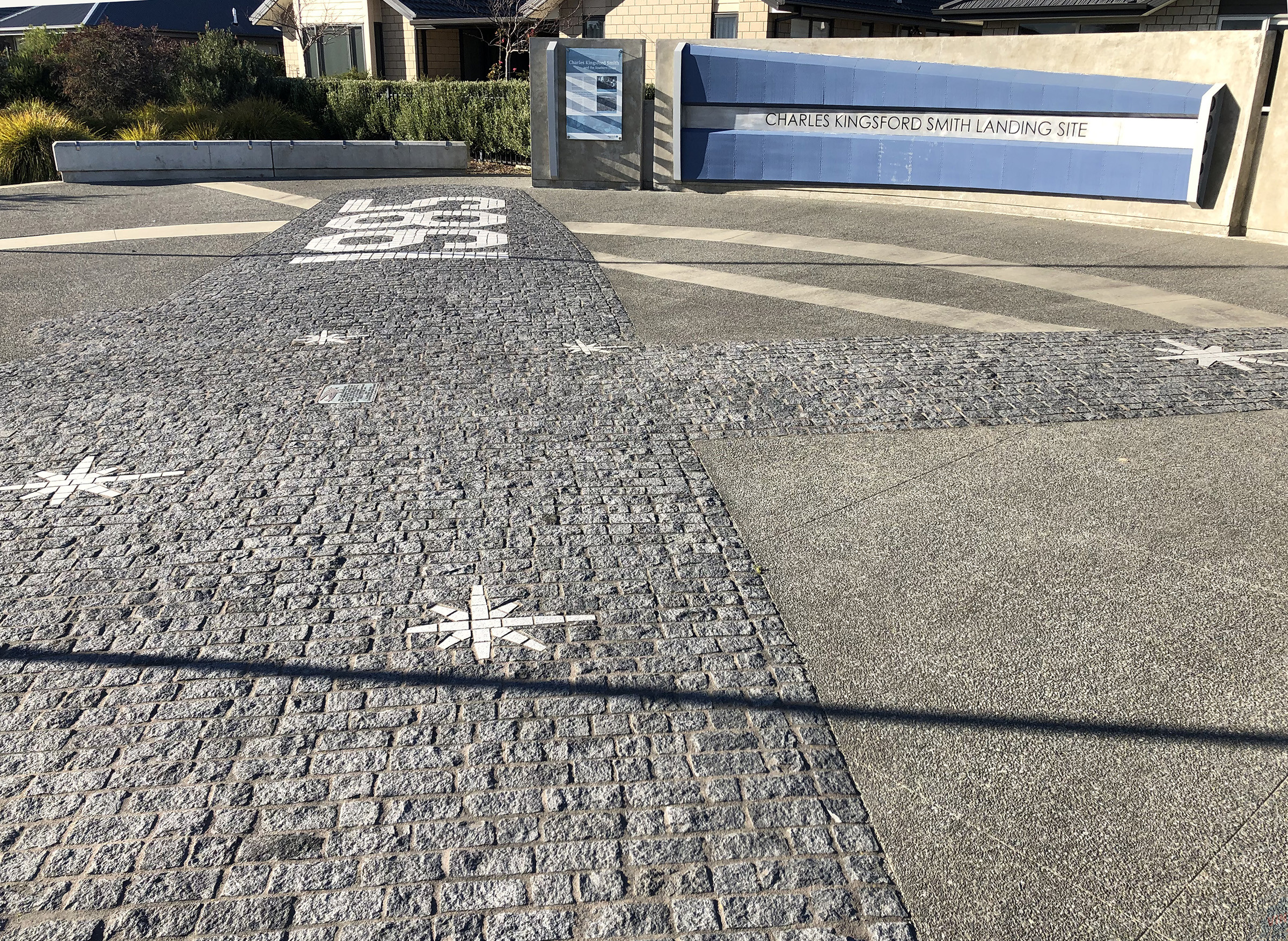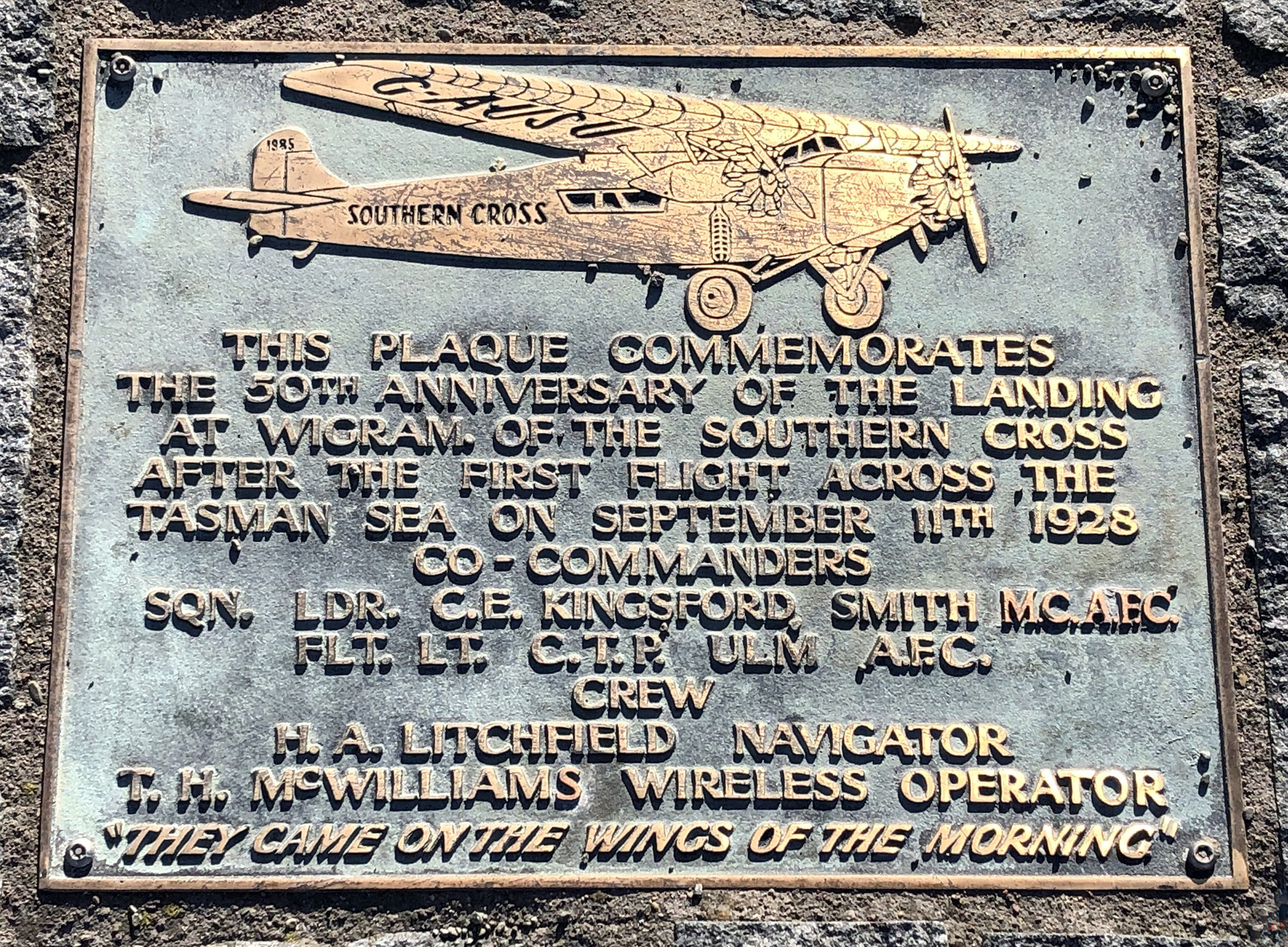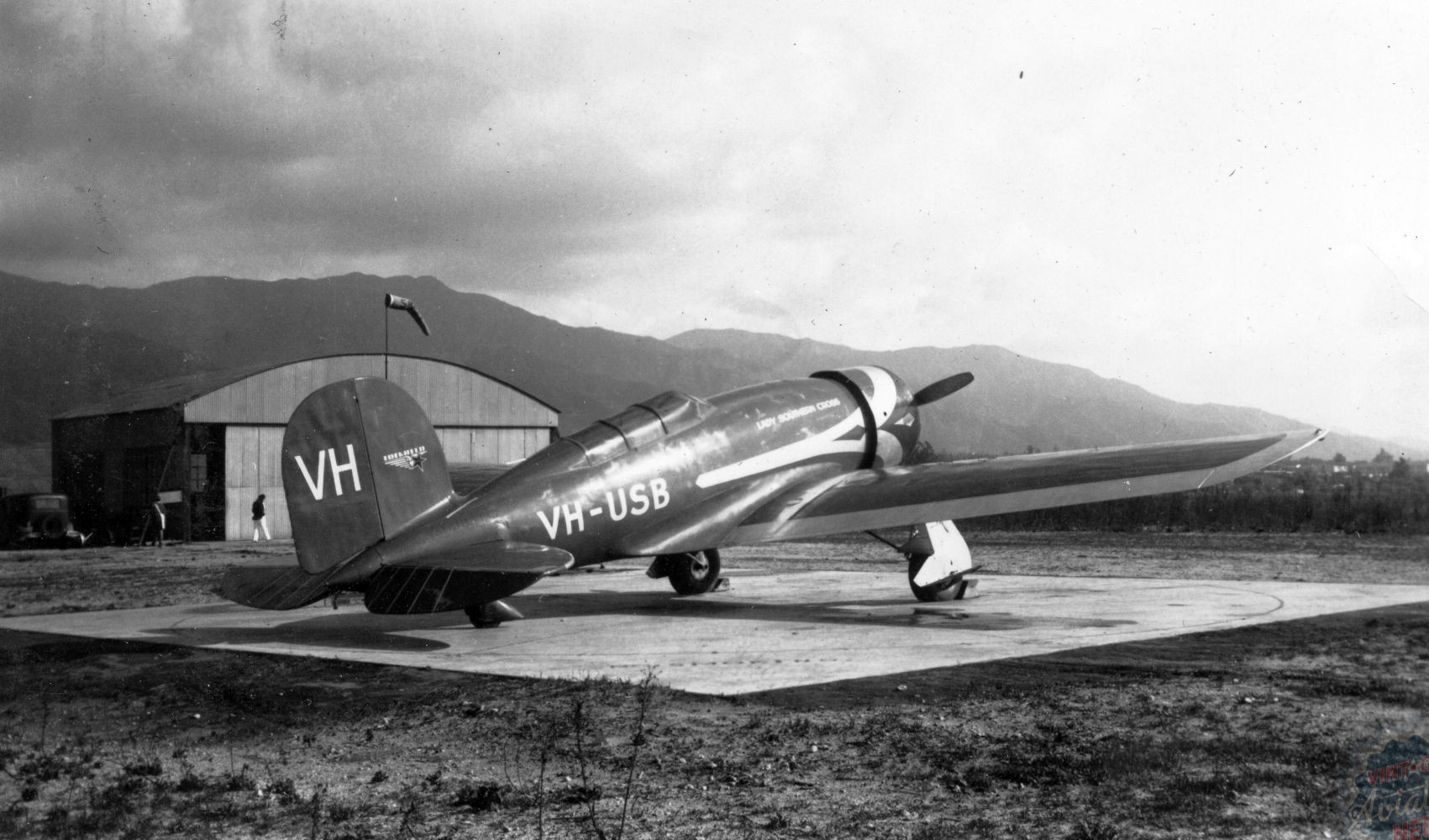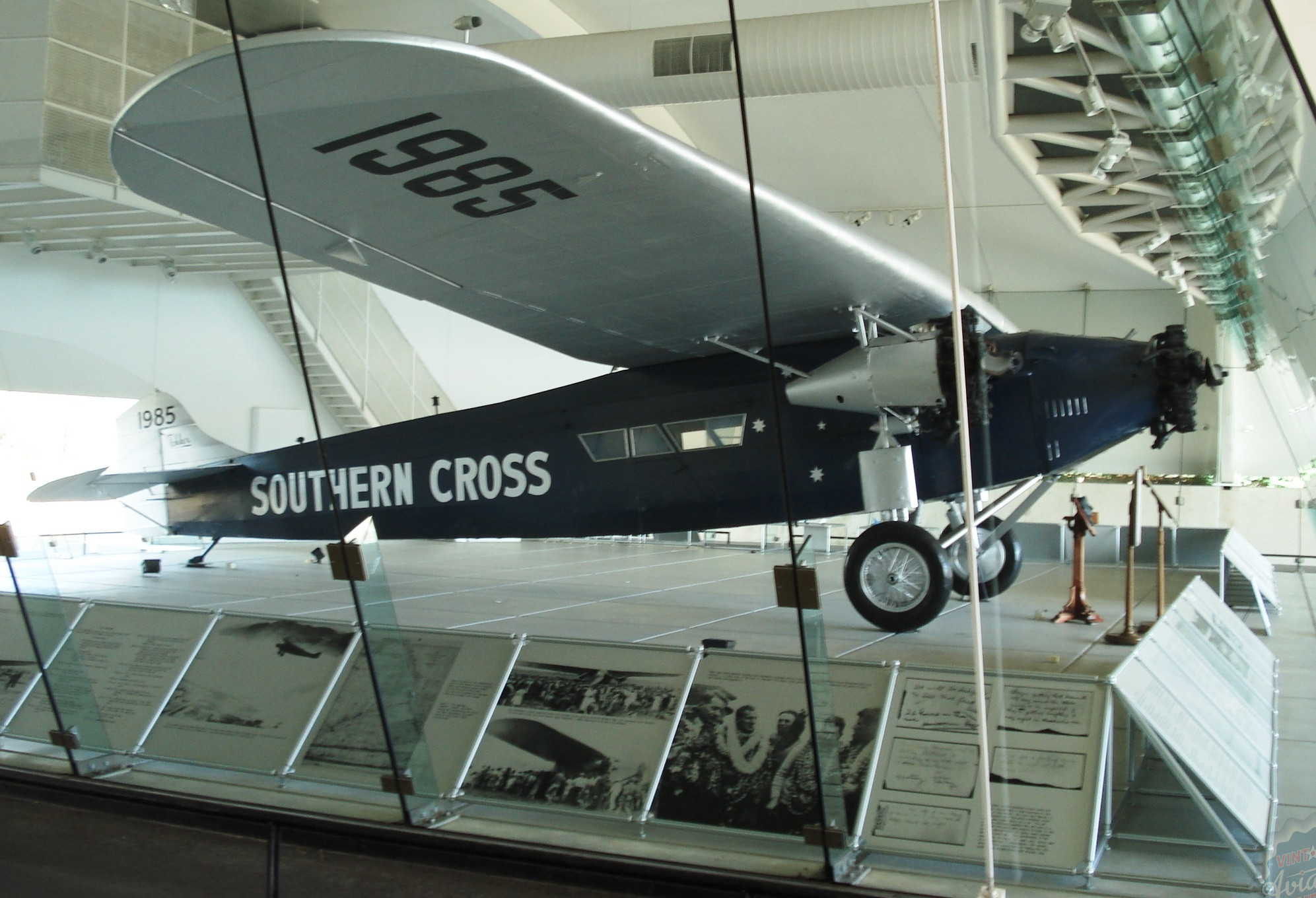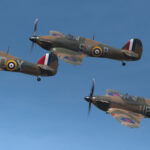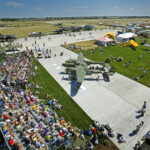by Nicholas A. Veronico
Pioneer aviator Charles Kingsford Smith’s historic crossing of the Tasman Sea between Australia and New Zealand on September 11th, 1928 has been commemorated in Christchurch, New Zealand. Flying a Fokker F.VIIb/3m trimotor they nicknamed Southern Cross, Kingsford Smith, his copilot, Flt. Lt. Charles T.P. Ulm, navigator H.A. Litchfield and wireless operator T.H. McWilliams made the first-ever aerial crossing of the Tasman Sea, a distance of 1,615 miles (2,600 km) from Richmond in New South Wales, Australia, to Christchurch on New Zealand’s south island in 14 hours, 12 minutes.
The trip was fraught with danger, as they flew into an electrical storm which they could not climb above. The storm prevented them from seeing the horizon and put their radios out of service. It also produced severe icing conditions, and the crew was afraid that the combination of rain and ice would kill the engines. While battling these treacherous conditions, the trimotor crew also had to contend with significant turbulence throughout the crossing.
After 14 hours in the air, the Southern Cross landed at Wigram Aerodrome near Christchurch, where they received a triumphal greeting from 30,000 New Zealanders – estimated to be one-quarter of the local population at the time. The New Zealand government presented the crew with a £2,000 honorarium (about $134,000 in 2022) for their heroics. The battered Southern Cross required significant repairs following its epic flight, with damage to the propellers requiring replacements from Australia. The wing leading edge need patching up too. Royal New Zealand Air Force mechanics repaired Southern Cross at Wigram, free of charge, to ensure the crew’s safe return to Australia.
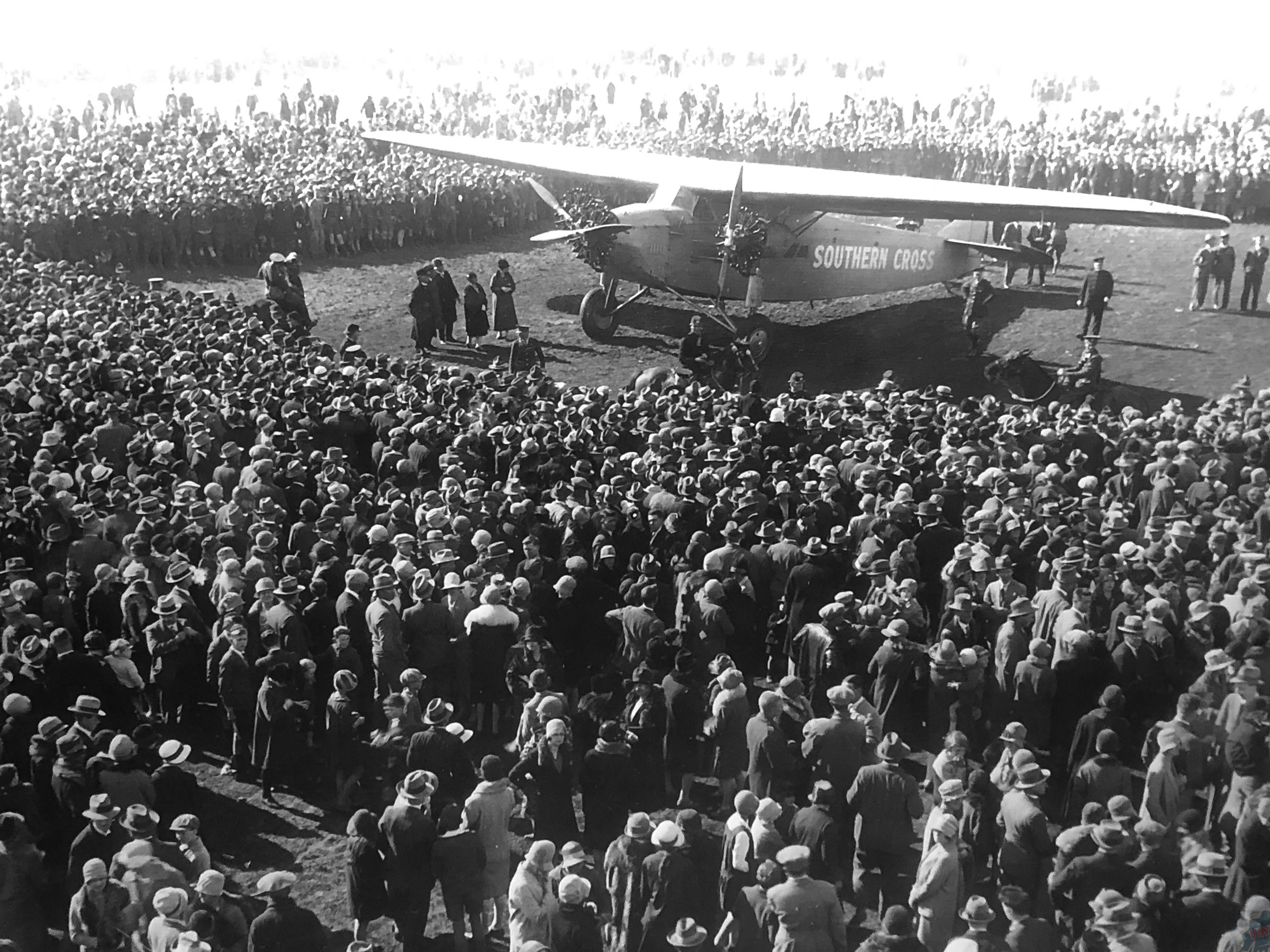
After the Royal New Zealand Air Force closed the Wigram base in 1995, it became a civilian airfield, but sadly, this was short-lived. Although the Air Force Museum of New Zealand remains within the old boundaries, much of the remaining land ended up being sold for redevelopment. A housing estate was recently built on the airfield’s periphery, but the exact spot where Kingsford Smith and his crew received their welcome from the locals in September, 1928 has been preserved in the form of a park and “heritage reserve” memorial. The grounds feature a plan-view outline of the Southern Cross trimotor with the Southern Cross constellation and its registration – U.S. registration of “1985” on the upper wing. The Charles Kingsford Smith Landing Site Memorial can be found on Bennington Way, near Mustang Ave., Wigram, Christchurch.
Kingsford Smith, as with many aviators of his time, became a pilot during WWI. Flying with the Australian Air Corps, and later the Royal Flying Corps, he is credited with four aerial victories. He set many aerial records in his lifetime, and helped start a number of airline businesses as well. His good fortune finally ran out on November 8th, 1935 when he and his copilot “Tommy” Pethybridge were lost over the Andaman Sea while flying a Lockheed Altair named Lady Southern Cross during their attempt to beat the London to Sidney speed record.
Thankfully, the original Southern Cross still survives to this day, preserved at Brisbane Airport in a dedicated memorial building. Furthermore, during the 1980s, a team in Australia built a faithful replica of Southern Cross, and flew it at various events until it suffered significant damage during a landing mishap in May, 2002. The Historical Aircraft Restoration Society in Point Albion, Australia now owns this airframe, and is presently restoring her back to flight – it will make a marvelous sight in the skies once they complete their work!








